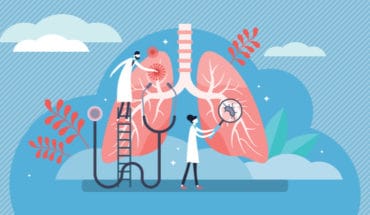Children’s young skin is sensitive and precious, and it is natural for parents to worry that any damage will leave visible scars. From babies exploring their new world to school children in the playground, accidents and injuries are commonplace. In fact, more than two million children under the age of 15 experience accidents in and around the home every year, for which they are taken to A&E units. Sadly, some children will also suffer from significant trauma caused by surgery, burns or a serious accident.
Here, Mr Nick Wilson Jones, Consultant Paediatric Plastic and Reconstructive Surgeon, from Welsh Centre for Burns and Plastic Surgery, Morriston Hospital gives his top 5 tips for parents worried about their children’s scars:
Acceptance – many parents ask me if their children’s injury will leave a scar and are naturally particularly worried about highly visible areas such as the face. The reality is that if you have a burn or graze and it hasn’t healed in 10-14 days or a surgical or traumatic wound that cuts through the deep layers of the skin, then a scar will form. The sooner that you can accept this, the more able you are to move on to protecting and treating the scar.
The reality is that if you have a burn or graze and it hasn’t healed in 10-14 days or a surgical or traumatic wound that cuts through the deep layers of the skin, then a scar will form. The sooner that you can accept this, the more able you are to move on to protecting and treating the scar.
Encourage body confidence – the children who cope well with scars, are those who are encouraged to talk about it. Whether it’s a small facial scar or a larger area of scar, it can have a psychological impact on children. So, giving young people – and yourself – the confidence to talk about their scar and to answer other people’s questions is vital.
Stay sun safe – scar tissue has poorly functioning melanocytes, the body’s natural protection against UV, so it very important that you protect a scar from the sun’s rays – at home or abroad. Make sure your child avoids long exposure to the sun, especially in the peak time of 12-3pm, and follows gold standard protection advice: use a factor 30+ sunscreen, wear a hat and suitable clothing such as sun suit or rash vest.
TLC – for the first 12-18 months, a scar is still in the maturation phase, but there are steps you can take to help your child’s scar to heal well. For example, regularly apply moisturiser to help hydrate the tissue and massage the area. Specific treatments such as silicone gels are also suitable and easy to use for children to help improve the appearance of a scar – and can be applied up to two years after the injury.
Don’t let it hold you back – it’s so important for children of any age to be outside and active, so a scar shouldn’t stop them from enjoying life. While you will naturally feel cautious of any further injury, you need to encourage your child to return to their normal routines. And, if you’re on holiday, as long as you follow sun protection guidelines and protect the scar from over exposure to UV, children can play on the beach, swim in the sea and enjoy outdoor activities.
- Children’s visible scars - 3rd July 2018






